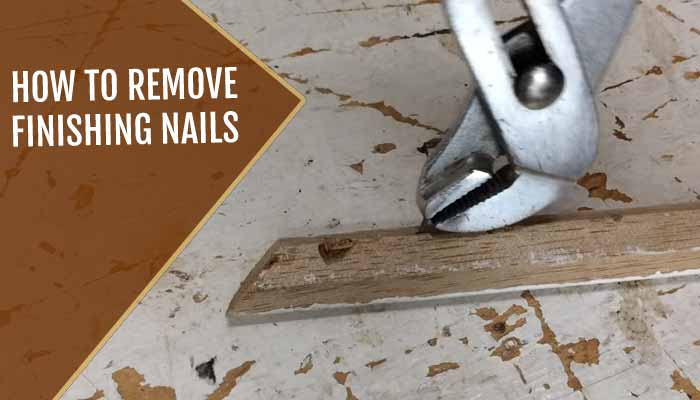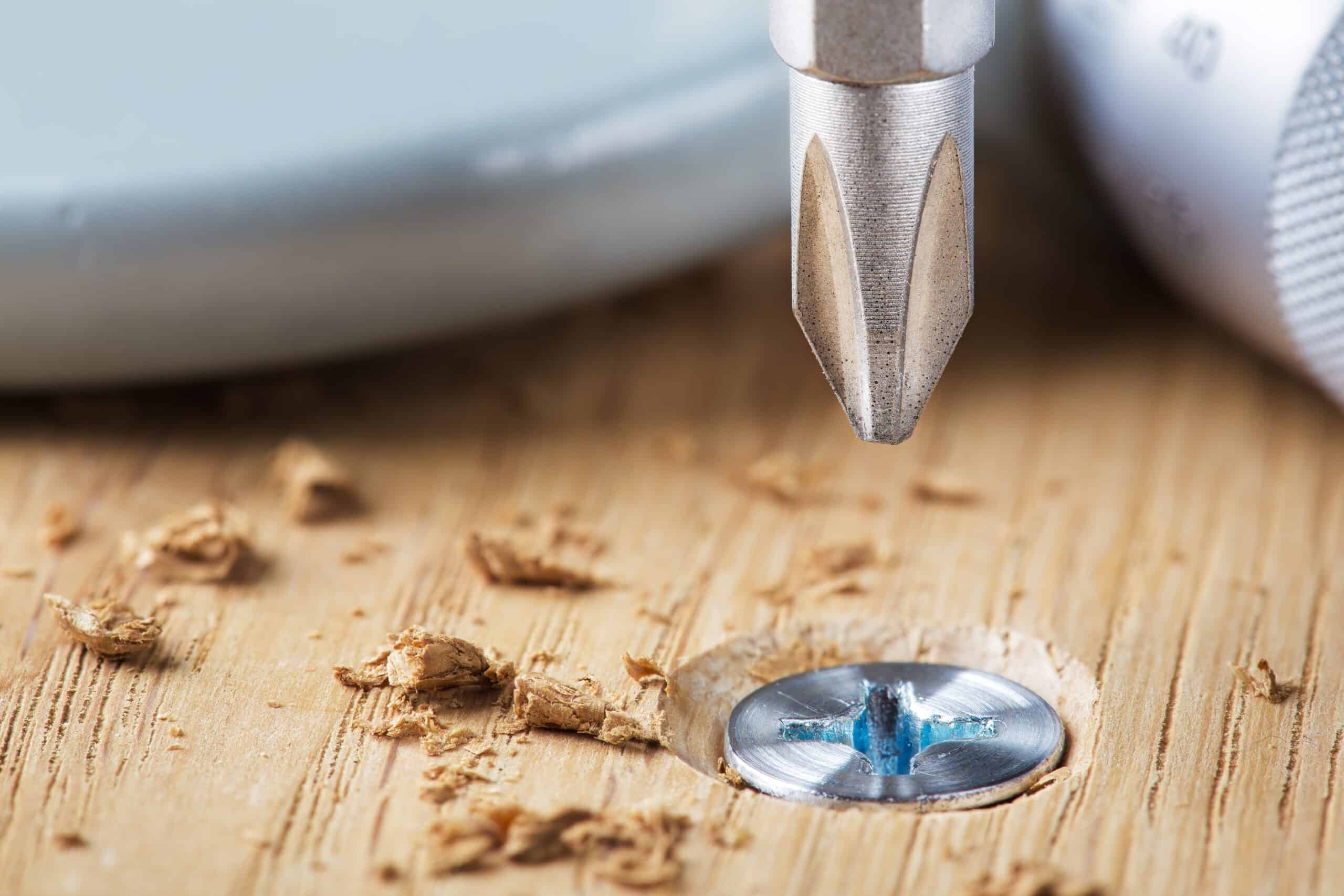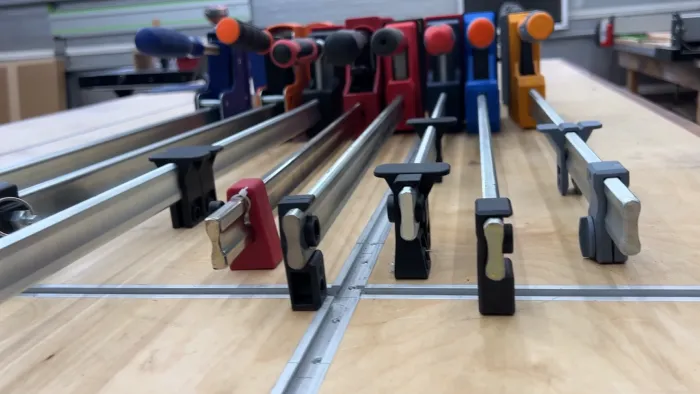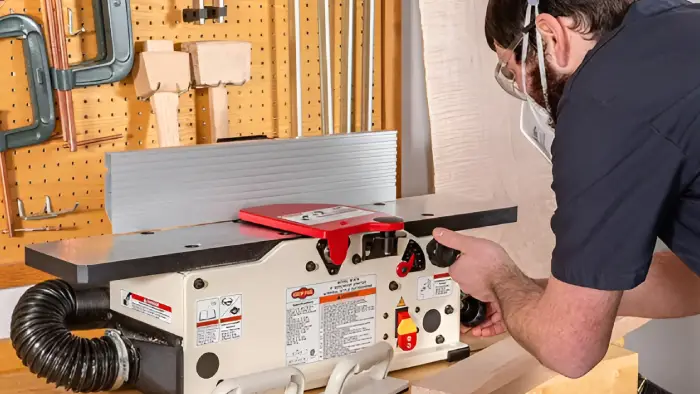WoodenuKnow.com is a participant in the Amazon Services LLC Associates Program, an affiliate advertising program designed to provide a means for sites to earn advertising fees by advertising and linking to Amazon.com and may earn from qualifying purchases.
Finishing nails are very often used to attach such things as molding, baseboards, door and window casings, and other small woodwork. However, they can sometimes be difficult to remove without damaging the surface of the wood. This quick tutorial will show you how easy it is.
How to Remove Finishing Nails in 2 DIY Methods?
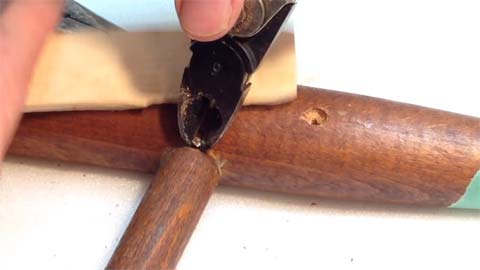
There are different types of tools to remove nails, such as finish nailer, needle nose pliers, brad nailer, hammer, and knife. But all doesn’t work on finishing nails. There are two easy methods that could make your life easier when you’re removing finishing nails.
Method 1: Tips to remove finishing nails from baseboard Using Nail puller
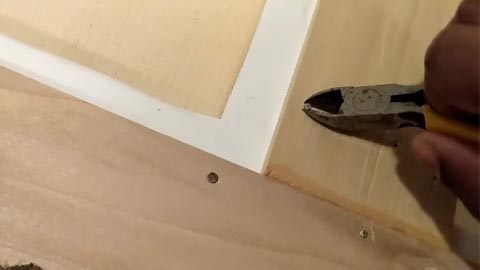
This tool is available in a range of sizes to suit all nails. It has two sharp claws, which are used to grab the nail head.
Step 1: Make sure that your hand aligns with the claw, so you don’t get injured by it as you apply pressure to the tool.
Step 2: Make sure that you hold the board firmly and push against it.
Step 3: While pulling down on the nail puller. Once the head of the finishing nail lifts up, simply lift it out by hand. Your baseboard should now be free from nails.
Method 2: Tips to Remove Finishing Nails Using Pliers
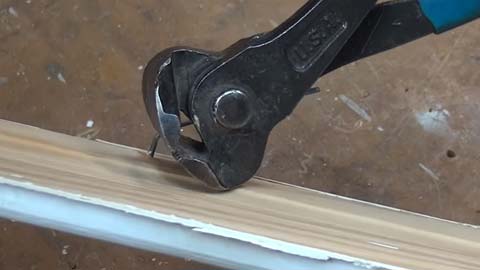
Step 1: Use your pliers to grip the nail head firmly in place at a 45-degree angle while pulling away from the surface of the board. The goal is not to pull out but rather push through so that the head snaps off below its point of entry into the wood’s surface. It will leave only a hole for filling later on if desired (and usually it isn’t).
Step 2: If there’s any resistance when trying to snap the nail head off, bring down the end of your hammer and hit it firmly on top of your hand holding the nail. It will usually break it off below the surface.
Step 3: Your punch or a screwdriver can be used to push through any nails that are sticking out but not broken off.
They can also help you remove sharp pieces of metal leftover after breaking a nail head off with your hands if using fingers was too difficult by giving you better leverage.
Step 4: Punch them in from either side of the board where they’re poking through. Then twist them back and forth to push the nail’s point through while carefully lifting on one end of the trim until all remaining parts pop free together.
FAQs:
Can I Remove Finishing Nails with a Putty Knife?
A putty knife can be used, but it is difficult to remove nails from a trim. This knife is more commonly used for removing old paint and fillers. The blade of this knife is not sharp enough to get under the nail head before it jerks back out with only a portion sticking up.
Can I Use a Brad Nail Gun to Remove Finishing Nails?
No, you should never use brad nail guns to remove finishing nails. Finishing nails are smaller and have a thicker head than brad nails. Using this tool would damage the building material since your shot is aimed at hitting the trim, not the nail itself.
Can I Use a Nail Gun to Remove Finishing Nails from Molding Wood?
Yes, you can use a pin gun to remove finishing nails from molding wood. Nail guns are made for specific types of materials and thus will not negatively affect the building material in question. This power tool can also offer better control when attempting to aim at small objects like trim.
Conclusion
Whether it’s by using nail pullers or pliers, these methods can help. Of course, you should choose whichever one feels more natural for you. Both options work great at getting those pesky finishing nails out of your way, so they don’t bother anyone anymore.

